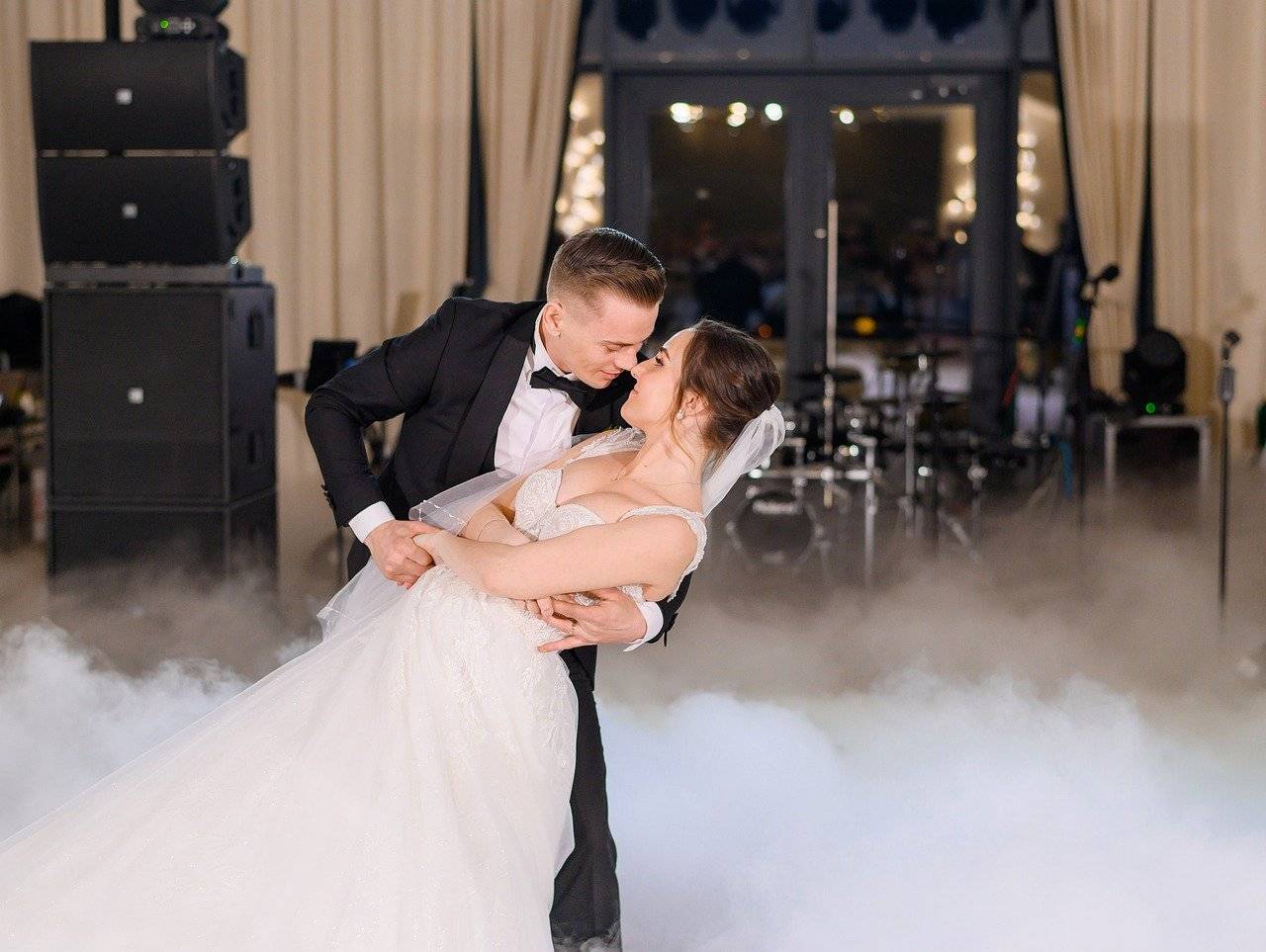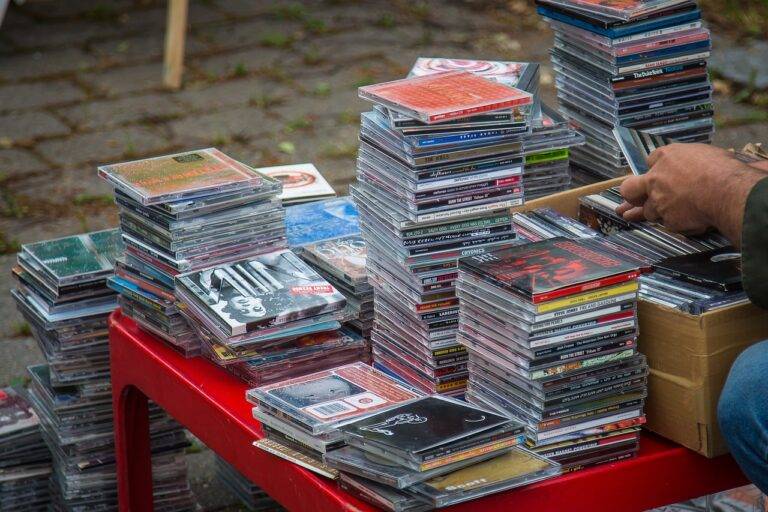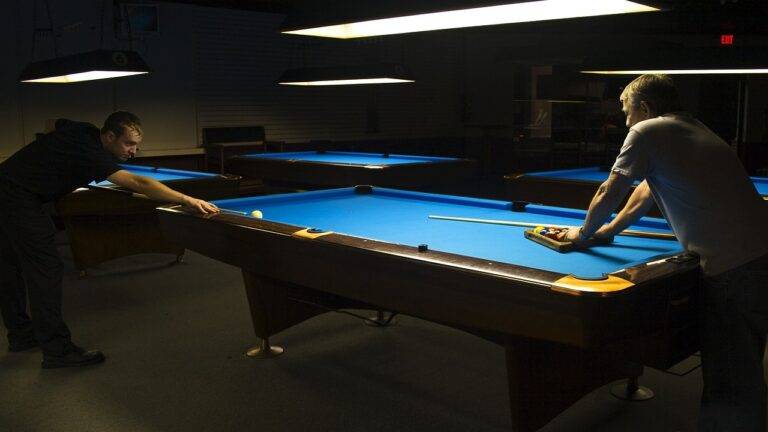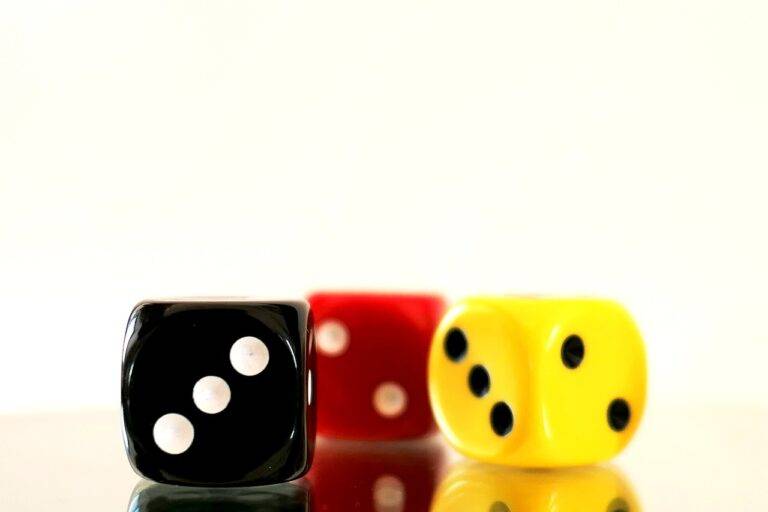The Art of Puppetry in Film and Television: Traditional vs. CGI
Puppetry has a rich and diverse history, dating back thousands of years to ancient civilizations such as the Greeks, Romans, and Chinese. These early puppeteers used various forms of puppets to entertain audiences and convey stories. The art of puppetry continued to evolve throughout the Middle Ages, where traveling puppeteers would perform at fairs and festivals across Europe.
In the 18th and 19th centuries, puppet theaters became popular forms of entertainment, particularly in France and Italy. Puppet shows were a common attraction for both children and adults, featuring intricate puppets controlled by skilled puppeteers. As technology advanced, puppetry also saw innovations such as the integration of mechanical movements and elaborate set designs, captivating audiences with their creativity and artistry.
Traditional Puppetry Techniques in Film and Television
Traditional puppetry techniques have long been utilized in film and television to bring characters to life in a unique and captivating way. Puppeteers intricately manipulate puppets through a combination of strings, rods, and even animatronics to create realistic movements and expressions that resonate with audiences.
In the world of film and television, these traditional puppetry techniques have been adapted and modernized to suit the needs of different productions. From hand puppets to marionettes, puppetry continues to play a significant role in creating memorable characters and enchanting storytelling on the screen.
The Evolution of CGI in Puppetry
In recent years, the evolution of CGI has significantly impacted the world of puppetry. With advancements in technology, filmmakers and puppeteers have been able to combine practical puppetry with computer-generated imagery to create seamless and captivating performances. This integration has opened up new possibilities for storytelling and visual effects in both film and television productions.
CGI has allowed puppetry to become more versatile and dynamic, enabling puppeteers to bring to life characters and creatures that were previously beyond the limitations of traditional puppetry techniques. The use of CGI in puppetry has expanded the creative boundaries of the art form, allowing for more complex movements, expressions, and interactions that can captivate audiences in new and exciting ways.





